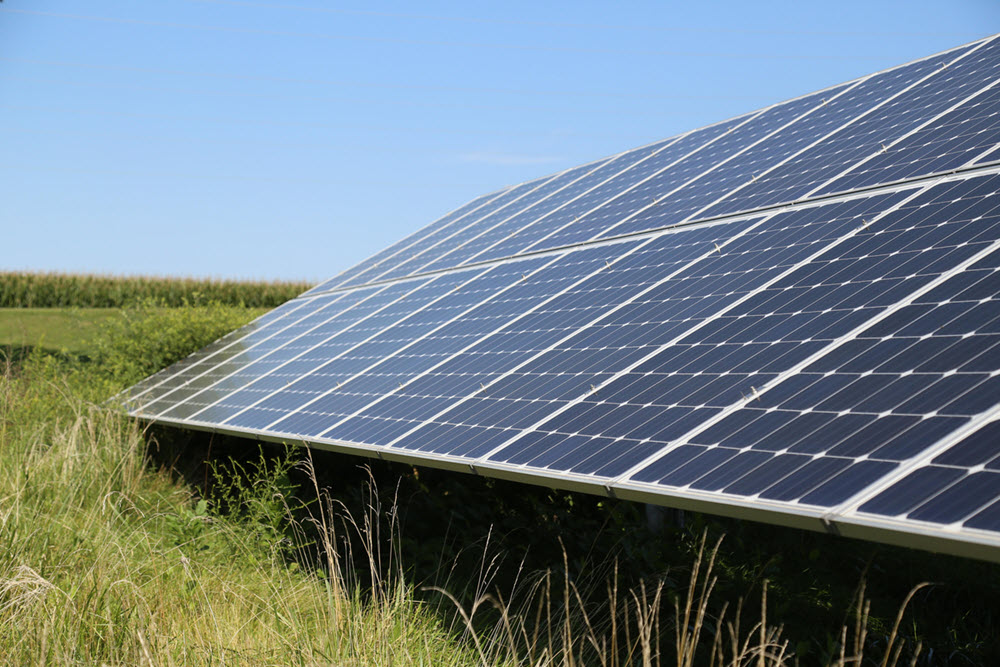Renewable energy projects not only provide sustainable, zero-emission energy generation. They also support local communities through revenue payments. In Wisconsin, the state administers a shared revenue program that provides semiannual payments to municipalities and counties with electric generation facilities – including solar projects.
We estimate that, once operational, Alliant Energy's Wisconsin solar projects will generate over $130 million in shared revenue for local communities over 30 years. These funds contribute to annual operating income for cities, towns and counties. Municipalities use the funds as they deem appropriate, often to enhance infrastructure, schools, parks and community services.
Leaders in communities that house projects are already planning how they will use shared revenue funds. Lorelei Fuehrer, a chairperson for the town of Saratoga, said the payments for the Wood County Solar Project will be “a nice influx of revenue to go toward Saratoga’s infrastructure.” Fuehrer said the town will use the funds for road and public building maintenance and to expand or remodel town hall.
Like Fuehrer, Buena Vista clerk Van Nelson said the town plans to use funds from the Bear Creek Solar Project to build better roads and update emergency medical and fire services in Buena Vista and Richland County, Wisconsin.
Communities will begin to receive payments the year after the following conditions are met:
- The solar project is in service.
- The utility has filed necessary paperwork with the Wisconsin Department of Revenue (DOR).
- The state determines the shared revenue payment amounts for each qualifying county and municipality.
The state will make payments to both the county and municipality where the solar project is located semiannually, in July and November for the life of project. The DOR notifies communities they are to receive funds by Sept. 15 each year. Check out the DOR’s website for more information on the filing process.
Wisconsin estimates communities across the state will receive over $84 million in shared revenue for utility infrastructure in 2023 [PDF] to address their unique needs. Programs like this help build stronger communities and support the transition to a more diverse, sustainable energy mix.


